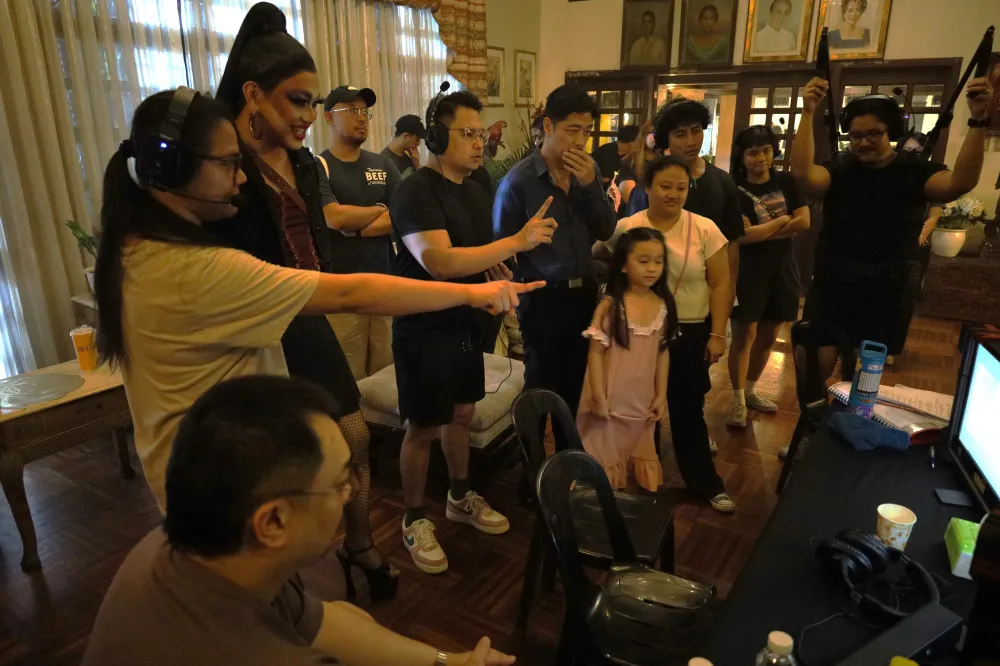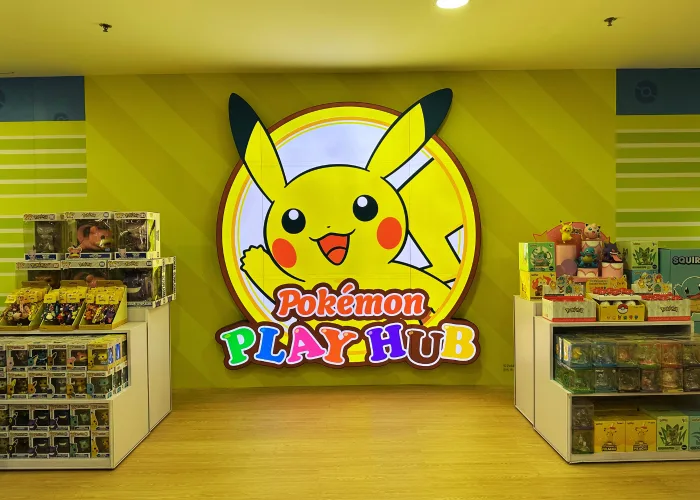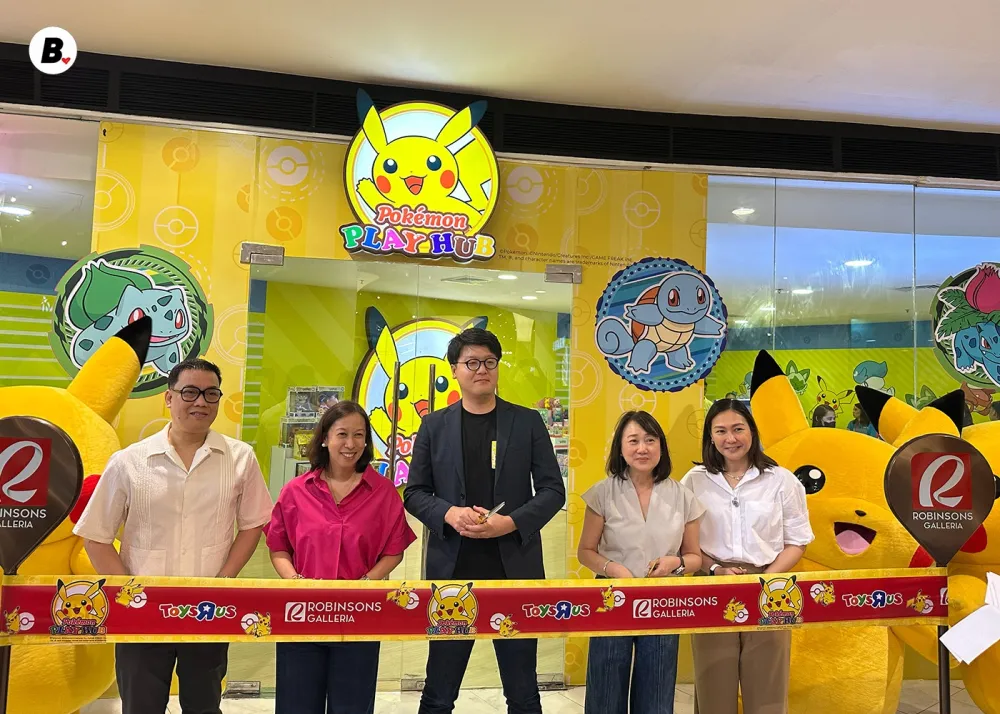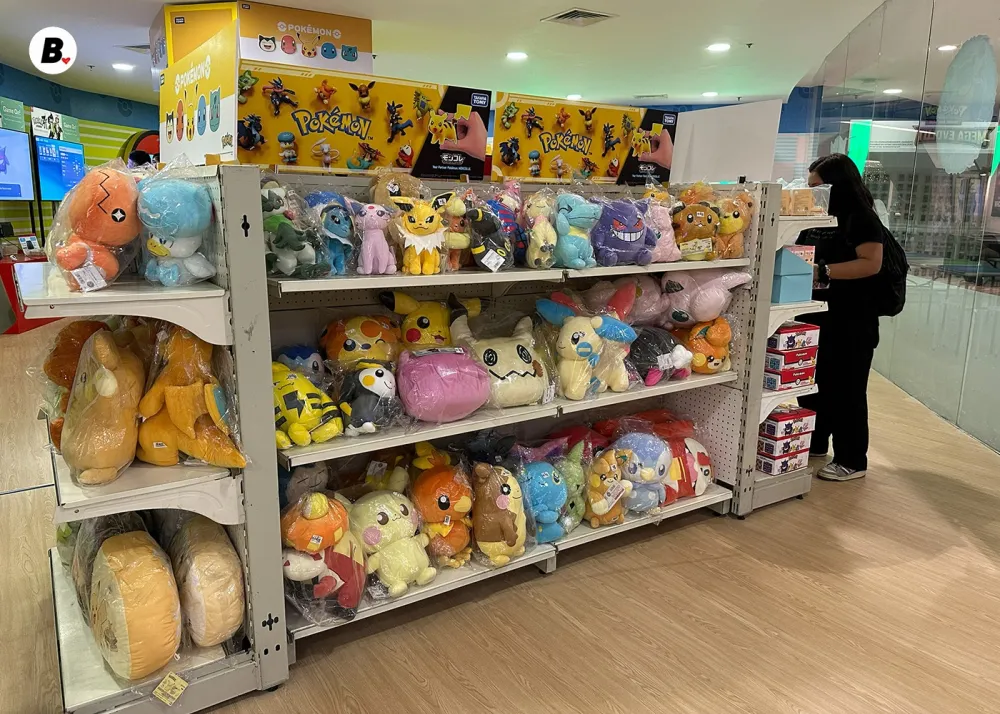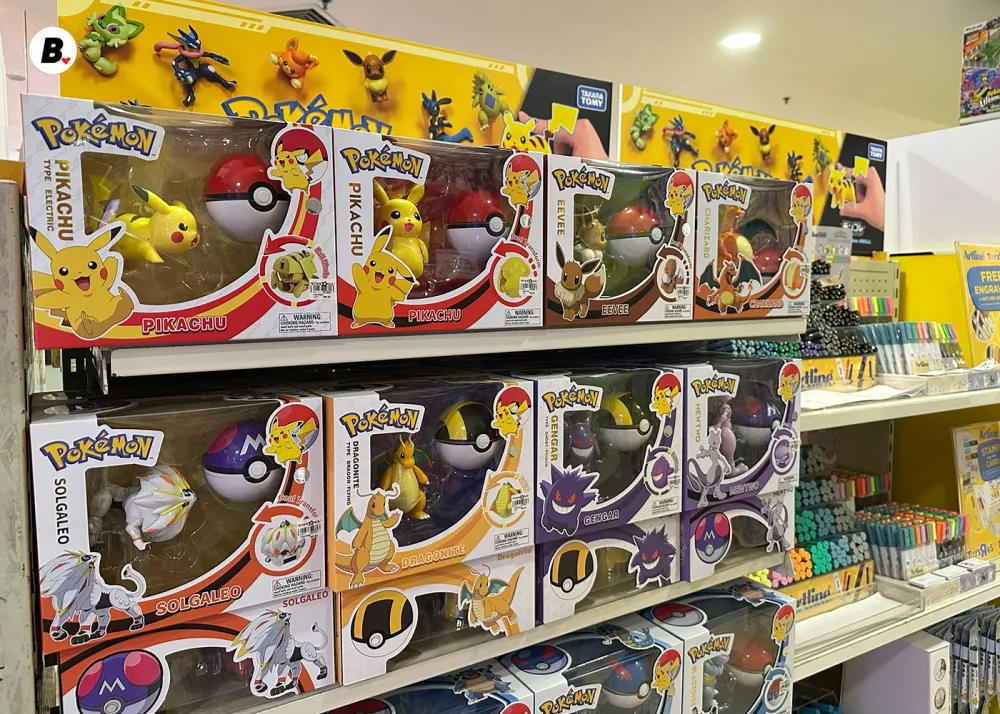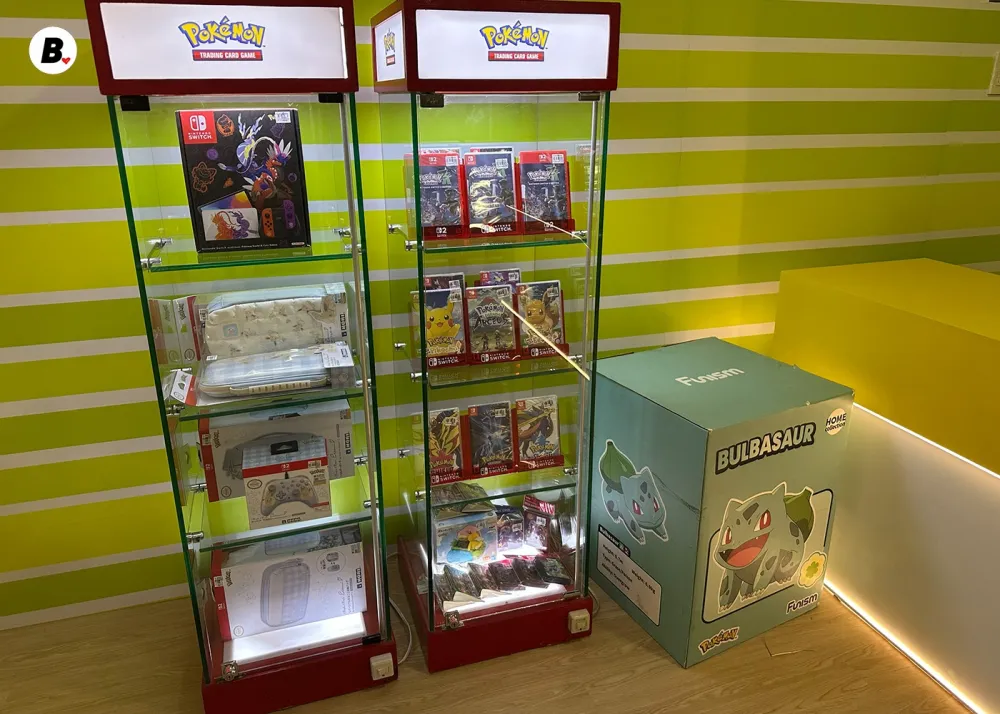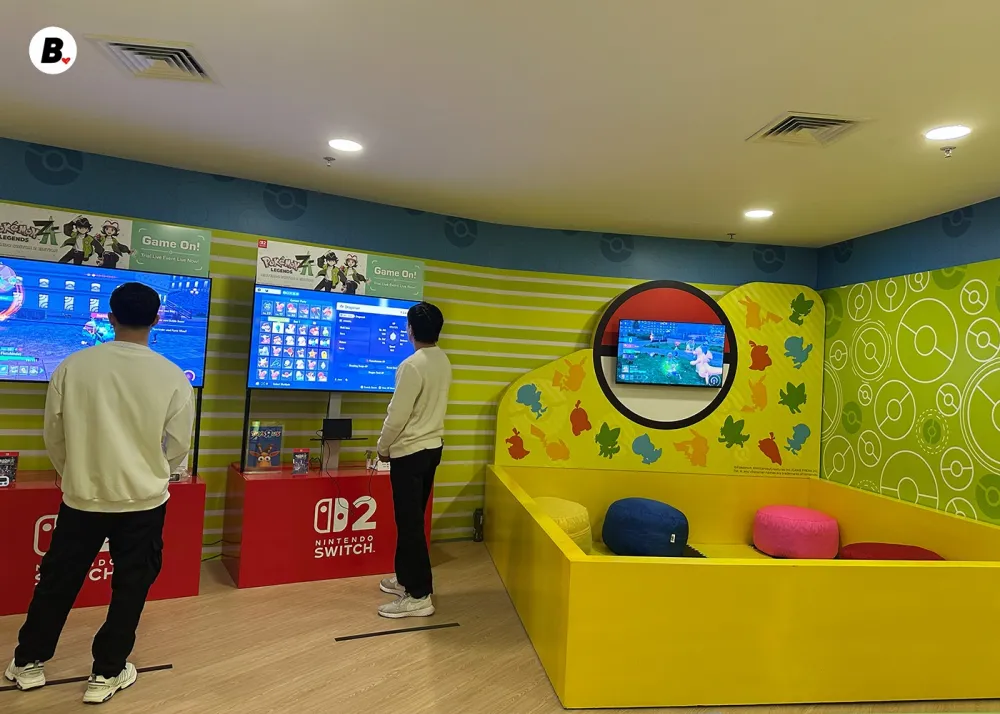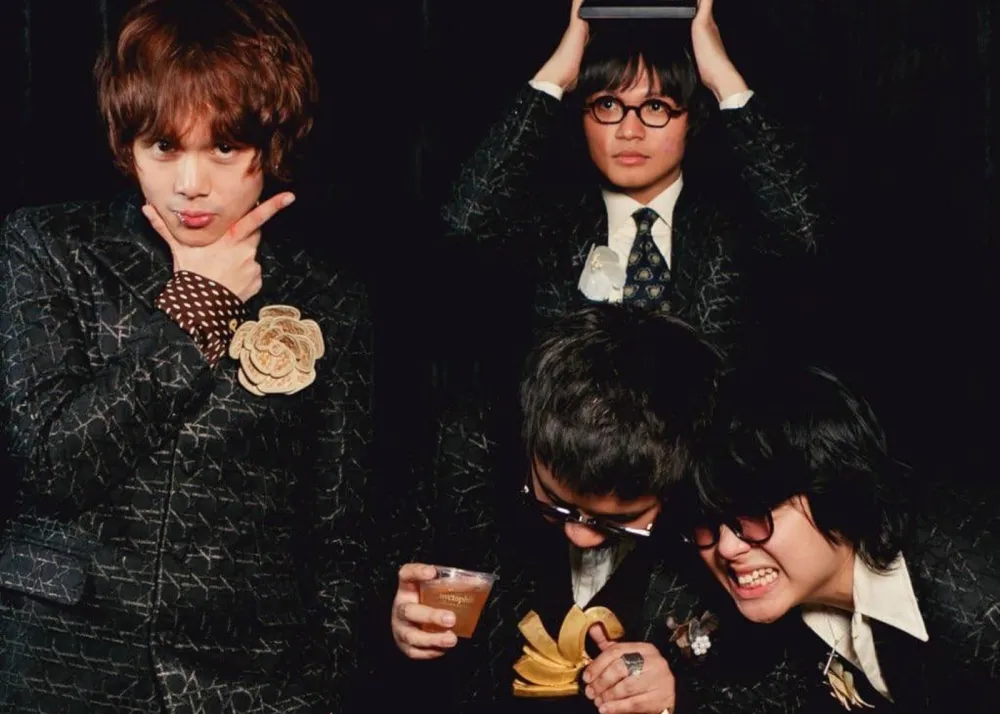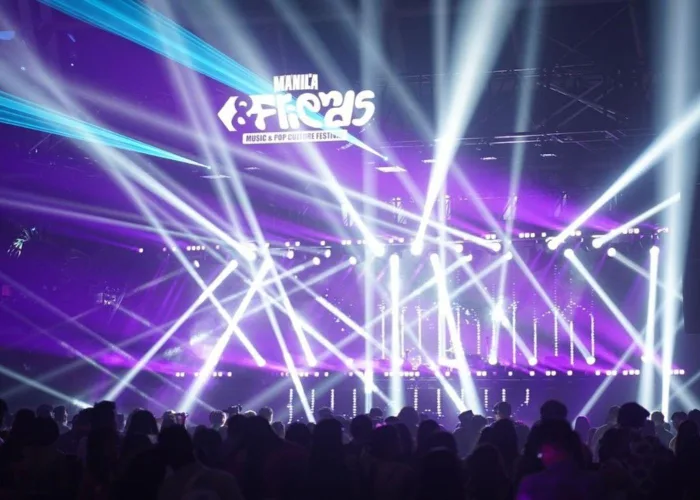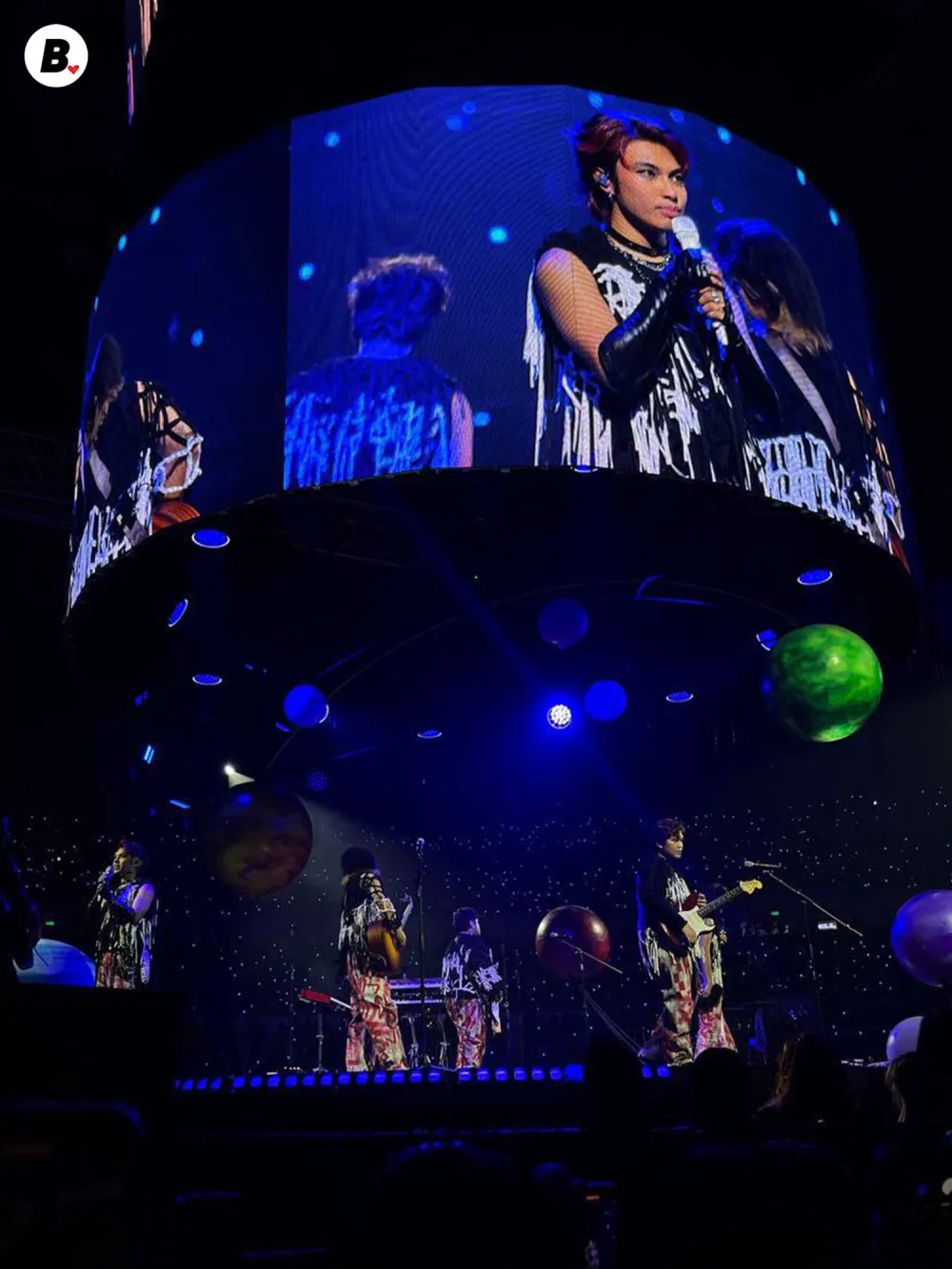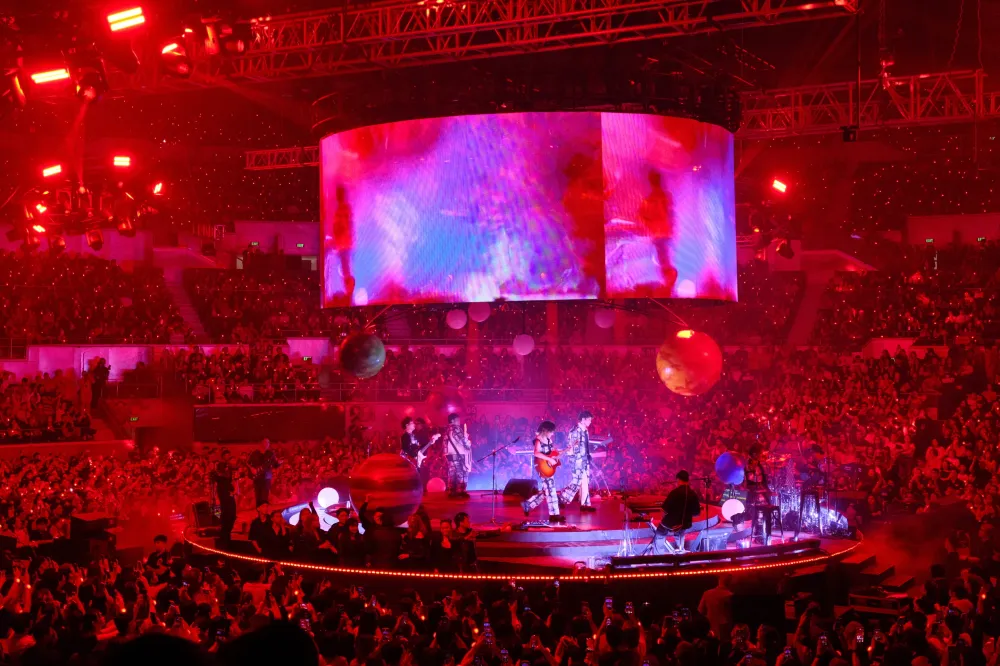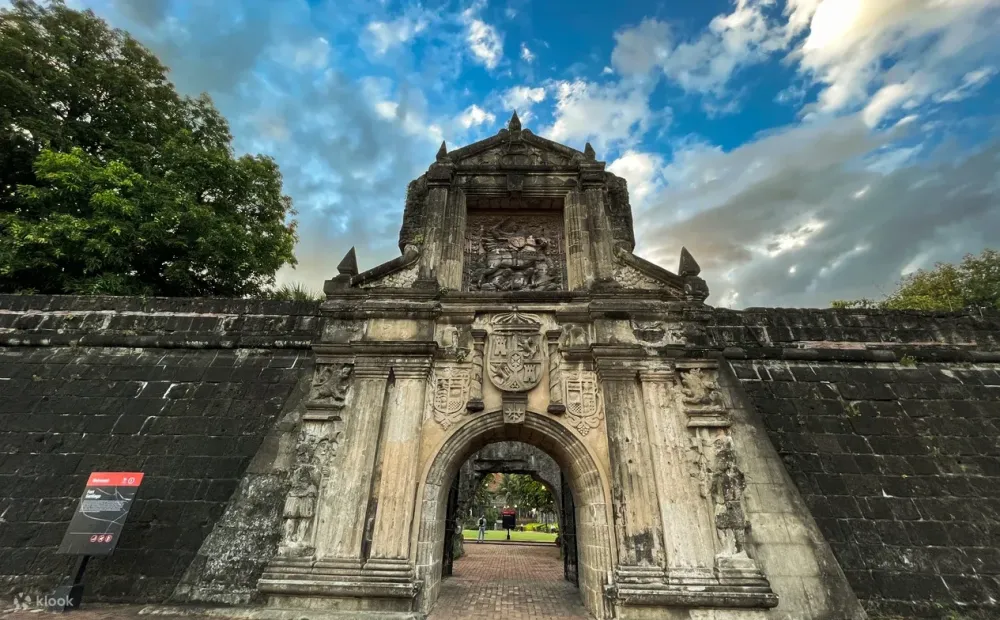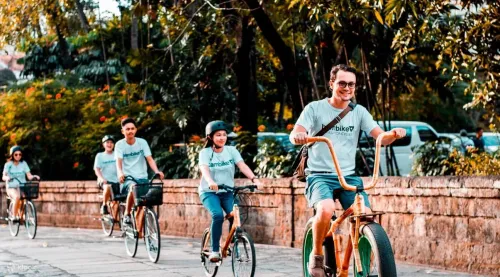Para Po! The PUV Modernization Program and How It Affects Us All

Loud, colorful, cramped. The Philippine jeepney is a riot, if not an assault on the senses. Nobody foresaw its existence, but when World War II devastated the Philippines’ economy and infrastructure, Filipinos had to start the work of rehabilitation somewhere.
From the surplus military jeepneys abandoned by American troops, Filipinos took what they could get. Ingenuity forged the Philippine jeepney from the wastes of war and local jeepney manufacturers like Sarao Motors, Francisco Motors, LGS, Malagueña, and Chariot, among others, stepped up to the plate, showcasing the possibilities and potential of the country's vehicle industry.
What started as a practical mode of transportation born from necessity has cemented its iconic place in Philippine culture. The Pinoy jeepney unapologetically makes itself known as the “King of the Road" with its garish and bright bodywork designs of religious images, pop culture icons, and landscapes; loud music and even louder horns; witty signages; and informal typographies. It careens through our streets and thoroughfares, having woven its indelible place in the everyday lives of millions of Filipinos.
But time has not been kind to jeepneys and public utility vehicles. Old jeepneys and PUVs continue to ply the roads, belching smoke and carrying passengers in dilapidated units that many deem uncomfortable, if not dangerous.
In 2017, the Department of Transportation (DOTr) and the Land Transportation Franchising and Regulatory Board (LTFRB) introduced the Public Utility Vehicle Modernization Program (PUVMP), with the goal to make public transportation more efficient, affordable, and environmentally friendly.
Dialogues and criticism surrounding the program unpeeled the heart of the issue: How to ensure a modernization that leaves nobody behind.
In the grand scheme of things, the PUVMP is more than changing lanes — literally and figuratively. As the Philippines revs its engines towards progress, it is behooved to grapple with the threats of displacement among communities and micro industries in the name of change.
The Beat Asia took to the streets to have conversations with jeepney drivers, commuters, transport group PISTON, local manufacturer Sarao Motors, and even a jeepney sign maker to reconcile each other’s woes and hopes for Philippine public transportation — and how the PUV Modernization Program affects us all.
Checking in on the Jeepney Drivers

There will be no crackdown on Feb. 1. The government had extended the consolidation deadline to April 30, giving drivers and operators more time to consolidate.
The government’s PUVMP promises great things, but it has also left many jeepney drivers in the Philippines to feel otherwise. This is mainly because the PUVMP poses huge risks to their livelihoods, among other problems.
Mang Arnold, for instance, is a jeepney driver who navigates the Imus to Dasmarinas route daily. To him, purchasing a modern jeepney for himself is completely unattainable as he only earns a clean P800 a day.

“If the PUVMP pushes through, we can’t do anything about it. We can’t afford to pay for the modern jeepneys,” said Mang Arnold in Filipino.
Another jeepney driver, Mang Ernest (not his real name), who travels along Pasay Road on a regular basis, shared the same sentiments. According to him, most of them earn only about P600 to P700 a day — a far cry from the P6,000 to P7,000 lawmakers foresee that jeepney drivers must earn in order to afford modern vehicles.
“How much is a jeepney driver’s minimum earnings, you ask? Only about P700 or P600. How can you make ends meet, especially if you have four children to support? What if they’re also studying, right?” said Mang Ernest.

To both, who have been jeepney drivers for 12 and 25 years, finding another job will be difficult for several reasons. For Mang Arnold, this livelihood is what he’s used to and what he knows best. Should the program continue to push through, he plans to take a different path, away from his current occupation.
“If it’s up to me, I’ll just go home to the province. They’ve been asking me to go home for a long time,” he said. “I will just raise pigs. At least there, I wouldn’t have a boss and the earnings are all mine.”
For Mang Ernest, while it is painful for him to let go of his jeepney, his plan is to move forward with the program and only hope for the best.
“Currently, we’re consolidated here on Pasay Road. We really have no choice because we are part of an association. If we don’t participate in this consolidation, other routes will take over this terminal,” he said.
“Let’s forge ahead first and fight for our cause. It might change after three years as the one in power now won’t always be there. When a new leader steps in, things might shift. Let’s just keep on fighting.”
The Good and The Bad: Commuters' POV
Buses, taxis, tricycles, pedicabs — the list goes on. On top of jeepneys, the country has many different modes of transportation, yet these still don’t meet the demand of commuters who need to travel daily. This case is true, especially during rush hour, when many commuters have to wait (or wrestle with others along the road) to get to their destination. Suppose the PUVMP is fully implemented by April, will the consolidated routes be enough for everyone, or will it cause a crisis that will affect accessibility to public transportation?
In a press release, the Presidential Communications Office said that about 75% of jeepneys have already consolidated as of mid-January according to the LTFRB. Meanwhile, buses were able to reach 86% consolidation, followed by UV Express at 82% and mini buses at 45%. Knowing how the country is already short in meeting commuter demand, not meeting the 100% by the deadline could spell fewer public transportation on the road.
The possibility of fare increases also hangs in the air. As per Atty. Neri Colmenares, lawyer for transport group PagkakaIsa ng mga Samahan ng Tsuper at Operator Nationwide (PISTON), in an ANC interview on Jan. 3, fares could jump to P40 due to the cost of modern jeepneys, which are priced at about P2.6 million. The DOTr, however, has refuted this claim.
According to GMA News early this month, the DOTr had said that fears over a possible fare hike under the PUVMP have no basis and that no fare hike would be implemented without going through the process of the LTFRB.
We turned to commuters to hear their views, from their thoughts on the PUVMP to their own daily commute experiences.
A 25-year-old commuter, Mark John Dulay, expressed his frustration, describing Manila as becoming an “inferno” due to the high cost of living.
“It’s annoying that the cost of living in this hellhole is expensive when we don’t even earn as much as we spend. I don’t earn much with what I do, but at this point, it’s enough to get me by on a daily basis. The problem is, not everyone’s in the same boat. If it’s a problem for me, what more for people with fewer resources than I do?”
As a daily jeepney commuter for work, Dulay questioned the fairness of the PUVMP because of its burden on low-income commuters as well as the livelihood of jeepney drivers.

For Bernadine Buensalida, the program has its pros and cons. On a positive note, the PUVMP can improve the public transportation system, but she also said that this advancement can come with equal consequences, like a possible fare increase.
She acknowledged the factors contributing to this hike, such as inflation and fuel prices. While expressing concern, she said that “it is important for the government to ensure that the fare increase is reasonable and affordable for the majority of commuters.”

Jeremae Alubog, on the other hand, expressed hope for the government's plans and the people in power, saying that a fare hike might be acceptable if it leads to a better commuting experience.
When asked if the possibility of a fare increase is reasonable, she said in Filipino, “Yes. If it’s a lot more convenient and comfortable compared to the old jeepneys.”

Meeting Robert Bolante, a Jeepney Sign Maker
Behind the endless calls of jeepney drivers and operators in opposition to the PUVMP hides a small voice in the name of Robert Bolante, a jeepney sign maker. Bolante, who mastered his craft of sign making over the past 17 years, is just one of the handful of jeepney sign makers still around.

Bolante’s stall is nestled along the bustling avenue of Diego Cera in Pulang Lupa, Las Piñas City where he and his eldest son endure the sweltering heat every day to make ends meet by selling jeepney signboards. His regular jeepney signs are priced at P40-P50, while bigger signs range from P150-P200.
Getting a stable income is a far-fetched dream for him. Ranging from taking home nothing to a rare P200 in hand, the PUVMP weighs heavily on him as days pass by. His future is not far from what may happen to the jeepney drivers, and the PUVMP could push him eventually to leave the job he’s known for almost 20 years in search of more secure work to feed his family.
The PUVMP will be a huge blow to him, he shared, as modern jeepneys will likely use sticker signages over hand-painted ones. Aside from the impending job loss, the possible fare hike in modernized jeeps also scares him, sharing that he already finds the current jeepney fares quite steep.
Painting jeepney signboards, however, isn’t unique to just Bolante. His eldest son also possesses talent in painting and has even started to pick up the job of crafting jeepney signboards.
While Bolante’s worries loom over him, he beamed with pride for his craft.
“For me, what I am most proud of is that these (jeepney sign boards) can only be found in the Philippines, you can’t find them elsewhere,” he said in Filipino. “Some of my signboards have reached other countries because a lot of foreigners would buy them as a souvenir. When foreigners come here, they pass by my stall to have a signboard made before going home.”
Visiting Sarao Motors in Pulang Lupa
Sarao Motors, one of the earliest and most popular local manufacturers of the jeepney, was founded after the war by the late Leonardo Sarao, a former kutsero (kalesa driver). Leonardo's experience as a kutsero would later figure in Sarao Motors' jeepneys, which were made iconic by the metal horses that adorned their hoods.

We took to the facility of Sarao Motors along Diego Cera Avenue in Pulang Lupa, Las Piñas, just a short walk from Robert’s stall. There, we were met by LJ Sarao, one of the grandsons of Leonardo, who showed us around the plant and shared his thoughts about the PUVMP.
All Sarao jeepneys, the millennial third-generation Sarao proudly said, were crafted by hand and made to order. During Sarao Motors’ heyday when sales were at their peak, it manufactured over 50 jeepneys a month. Today, manufacturing a jeepney would take them around six months.
From a workforce of a hundred people, Sarao Motors is also now down to around 20 employees. Much of the facility, which once buzzed with life at its height, has become a parking space for the jeepneys that ply the roads. LJ shared other jeepneys come in the shop for maintenance, too.
"Sadly, now, because of the modernization, I can confidently say we have zero sales. What we're working on now are special projects," he admitted.

In the facility, one of the earliest jeepney models that Sarao Motors ever made can be glimpsed, which still retained the compact size of the original Willys jeep that the American troops left behind. The old andas of the Black Nazarene that has been used during the Traslacion for the past decade was also parked in the facility that day, right next to a classic Tranvia tram and a few feet away from a modern electric jeepney prototype.


LJ estimated that the prototype was made around 2015 before the PUVMP was introduced and completely ran on battery power. Except, it didn't really look like the traditional jeepney loved by so many.

He showed us a second jeepney prototype beside it with a bigger and longer body, which incorporated the features of the traditional jeepney and could accommodate more modern engines. The second prototype had a side door, a high ceiling, and is capacious enough to allow for tall standing passengers. It can be open-air or air-conditioned and has an emergency exit at the back.
These modern and electric jeepneys would come at a steep price, though. He explained that just the materials needed to build the body would already cost around a million pesos, not including the propulsion system, air conditioning, and more.
"Modern jeepneys are really expensive, so that's the dilemma now. It's not a question of 'Can we do it?' It's a question of, 'Can the people afford it?'" he said. "As you know, these jeepneys back in the day, you can get [one] for P600,000, rolling 'yun eh, everything with the engine."
"We try to explain that the modern engine itself is really expensive, raw materials [are] expensive, added accessories needed for safety [are] also expensive, so those are things out of our control already. What we're trying to show is, we can do it."
He shared that the support they want to see from the government is lower taxes for the purchase of raw materials and other vehicle parts. This would allow them to manufacture vehicles that they can sell to Filipinos for an affordable price.
The government could also offer incentives for buyers, he said, perhaps tax exemptions to encourage them to purchase modern units.
"To be honest, we're not really charging that much for labor 'cause what we're spending for materials is already really high. As much as possible, we just want to be able to manufacture for the people and pay our people properly and whatever's left is probably the income of the company.”
Sarao Motors cannot compete with mass-produced vehicles and imports, and he knew this fact.
"Maybe as an oversight, [the government] didn't consider the local manufacturers anymore. Well, it's hard to say that, we don't know what they're thinking, that's from our point of view,” he said.
"We don't see other local manufacturers as competitors, we see them more of our brothers in craft. Everyone here [is] just doing the same thing. The real threat to our business is mostly the imports. There's no way we can compete with [them]."
Insights From PISTON
Transport groups are the representatives who advocate, negotiate, and handle the complex challenges of this major shift. The Beat Asia had the opportunity to interview Mody Floranda, the current National President of PISTON, who assumed office in 2019 after previously serving as PISTON – National Capital Region president. With almost two decades in the transport industry, Floranda's been fighting tooth and nail for the rights of drivers, operators, and the public.
Established on June 7, 1981, PISTON's primary objective is to safeguard the interests of drivers, operators, and the broader Filipino citizenry in the realm of public transportation. As of now, the organization has a membership base of 100,000 individuals nationwide, and around 20,000 to 30,000 members in the NCR alone.

According to Floranda, the group has organized multiple demonstrations since the DOTr issued Executive Order No. 2017-011. They have orchestrated around 20 protests at different government agencies, including the LTFRB, DOTr, Malacañang Palace, and more. Before 2023 ended, they had five protest marches in November and December.
Getting ready for these protests isn't a walk in the park. PISTON puts in about three months of hard work, making decisions together as an organization. They convene with local associations in a general assembly to delve into the reasons behind the protest and to address the impact on various groups, including women, youth, church folks, and government employees.
“We don't jump straight into protests. Instead, we choose to engage in conversations with the DOTr and LTFRB. We also submit written communications to Congress and the Senate and actively participate in public hearings. This way, we can concretely lay out the demands of the drivers and operators. Now, if after all these processes, the government agencies don't show a positive response, that's when we consider organizing a rally,” said Floranda in Filipino.


To set the record straight, PISTON is not against the PUVMP. Long before the government launched the program, the group was knee-deep in jeepney rehabilitation for a solid seven to eight years.
“Based on our observations, the government's objective isn't solely to improve public transport but rather to create a lucrative business for big corporations and foreign entities. If the primary aim is genuinely to enhance our public transportation system, why not focus on rehabilitation?” he added.

“We have a rich history of service, and under the modernization plan, the concern arises: Who stands to benefit? It appears that countries like China and Japan will reap the rewards. By neglecting our local workforce in favor of foreign interests, we're essentially undermining our own economy and the people who sustain our public transport system.”
Floranda also emphasized that the impact of the PUVMP extends beyond just jeepney drivers and operators; it stands to affect a significant portion of individuals across various sectors, potentially leading to job losses or a substantial decline in the number of customers of micro and small businesses. This ripple effect could affect establishments like auto suppliers, vulcanizing shops, eateries, cigarette vendors, and more.
PISTON believes that their proposed rehabilitation program is a fair deal for both drivers and operators to sustain their livelihoods. Moreover, they argue it could open doors to various job opportunities for Filipinos that will further boost economic activity, which is crucial to the growth of the Philippine economy. The concern, however, lies in the government's current agenda, which leans towards importing foreign-made cars with price tags ranging from P1.6 million to P2.4 million.
Following the resolution of issues related to the PUVMP, PISTON revealed that they are currently weighing various options, and while they're not closing the door on joining a cooperative, there's a catch: No monopolies allowed. Their preference is for the cooperative to be owned by a local operator, including both units and franchises, with the primary goal of fostering mutual assistance among all its members.
“Just like what we’ve been fighting for, how can the workers fit their meager wages, if here in NCR it is only worth P610? If we look at the family living wage, it should be P1,100 to meet the needs of a family of five. It's not even about having a better life, but just to alleviate hunger, to make sure they’ll be eating three times a day,” he said.
“Right now, our drivers only earn P500-P600 for 12-16 hours of driving. What we are saying is that the government should focus on how to help the local workers who make up our country’s public transportation.”
Get the latest curated content with The Beat Asia's newsletters. Sign up now for a weekly dose of the best stories, events, and deals delivered straight to your inbox. Don't miss out! Click here to subscribe.

















